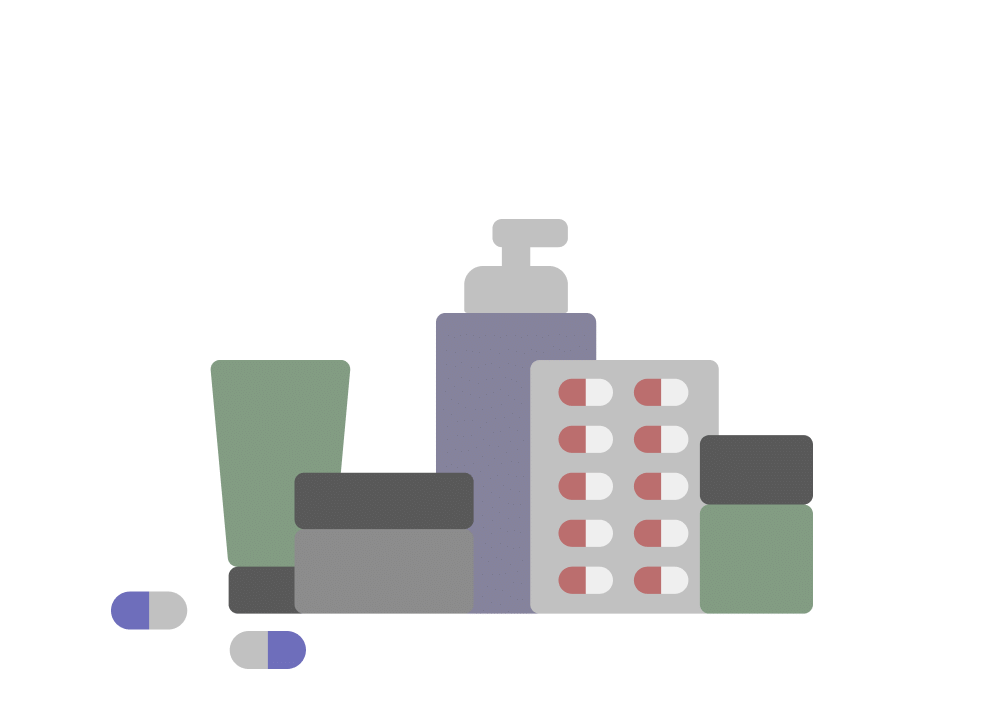
Neodol 0.1% Eye Drop
Manufacturer
Micro Labs Ltd
Salt Composition
Diclofenac (0.1% w/v)
Key Information
Short Description
Neodol 0.1% Eye Drop is a pain-relieving medicine used for treating post-operative eye pain and inflammation.
Dosage Form
Eye Drop
Introduction
Neodol 0.1% Eye Drop should be used in the dose and duration as advised by your doctor. You must wash your hands thoroughly with soap and water to avoid contamination. Hold the dropper close to the eye without touching it. Gently squeeze the dropper and place the medicine inside the lower eyelid. The dropper tip should not come in direct contact with your eyes or skin as there are chances of infection. Burning sensation and eye discomfort might be seen as side effects in some patients. You should consult your doctor if these side effects stay for a longer duration. It is potentially unsafe to use this medicine during pregnancy and breastfeeding. Let your doctor know if you are pregnant or breastfeeding.
Directions for Use
This medicine is for external use only. Use it in the dose and duration as advised by your doctor. Check the label for directions before use. Hold the dropper close to the eye without touching it. Gently squeeze the dropper and place the medicine inside the lower eyelid. Wipe off the extra liquid.
Safety Information
Side Effects
No common side effects listed.
Breastfeeding Warning
Neodol 0.1% Eye Drop is probably safe to use during breastfeeding. Limited human data suggests that the drug does not represent any significant risk to the baby.
Pregnancy Warning
Neodol 0.1% Eye Drop may be unsafe to use during pregnancy. Although there are limited studies in humans, animal studies have shown harmful effects on the developing baby. Your doctor will weigh the benefits and any potential risks before prescribing it to you. Please consult your doctor.
Interacting Medicines
Nimesulide Oxyphenbutazone Metamizole
How it works
Neodol 0.1% Eye Drop is a non-steroidal anti-inflammatory drug (NSAID) that works by blocking the release of certain chemical messengers that cause pain and inflammation (redness and swelling) in the eye.
Quick Tips
remove soft contact lenses before use wait at least 15 minutes before putting lenses back in do not touch the tip to any surface or to your eye wait for at least 5-10 minutes before delivering the next medication in the same eye use caution before driving or using machines make sure to use within 4 weeks of opening
Related Medicines

Difenic 0.1% Eye Drop

Diclolab Eye Drop

Diconac 0.1% Eye Drop

Indofen E Eye Drop

Odonac Eye Drop

Dinopain 0.1% Eye Drop

Fegan Eye Drop

Enac Eye Drop

Icein 0.1% Eye Drop
Frequently asked questions
What is Neodol 0.1% Eye Drop used for?
Neodol 0.1% Eye Drop is used to help keep the eye open during surgery. It is also used to reduce pain and inflammation after surgery or injury, as well as in seasonal allergic conjunctivitis (hay fever) to reduce symptoms like redness, itchiness, and runny eyes.
Is Neodol 0.1% Eye Drop effective?
Neodol 0.1% Eye Drop is effective when used in the prescribed dose and duration as directed by your doctor. It is important to not stop using it even if you see improvement, as symptoms may return or worsen if you discontinue treatment.
In which conditions should Neodol 0.1% Eye Drop be avoided?
You should avoid using Neodol 0.1% Eye Drop if you are allergic to it or any of its components. Consult your doctor if you are unsure about an allergy or if you are using Neodol 0.1% Eye Drop for the first time.
What are the instructions for storing and disposing of Neodol 0.1% Eye Drop?
Store Neodol 0.1% Eye Drop in its original container, tightly closed. Follow the instructions on the packaging or label and dispose of unused medication appropriately. Keep it away from children and others to prevent misuse.
Does Neodol 0.1% Eye Drop make you drowsy?
Neodol 0.1% Eye Drop can cause drowsiness, dizziness, fatigue (tiredness), or visual disturbances. However, these side effects are not very common and may not affect everyone. If you experience these symptoms, avoid driving or operating heavy machinery.
Can Neodol 0.1% Eye Drop be taken during pregnancy?
You should not use Neodol 0.1% Eye Drop during the last 3 months of pregnancy as it may affect your baby and could result in premature delivery. However, if necessary, discuss with your doctor about the potential risks and benefits before taking it during pregnancy.
Is Neodol 0.1% Eye Drop safe?
Neodol 0.1% Eye Drop is safe when used as directed by your doctor, following their instructions carefully. Contact your doctor if any side effects occur.
Does Neodol 0.1% Eye Drop get you high?
No, Neodol 0.1% Eye Drop does not get you high. It is not a narcotic or addictive and has no abuse potential. If you experience any discomfort, consult your doctor.
Is Neodol 0.1% Eye Drop a narcotic?
No, Neodol 0.1% Eye Drop is not a narcotic and does not have the properties of a drug-seeking substance or cause physical or psychological dependence.


